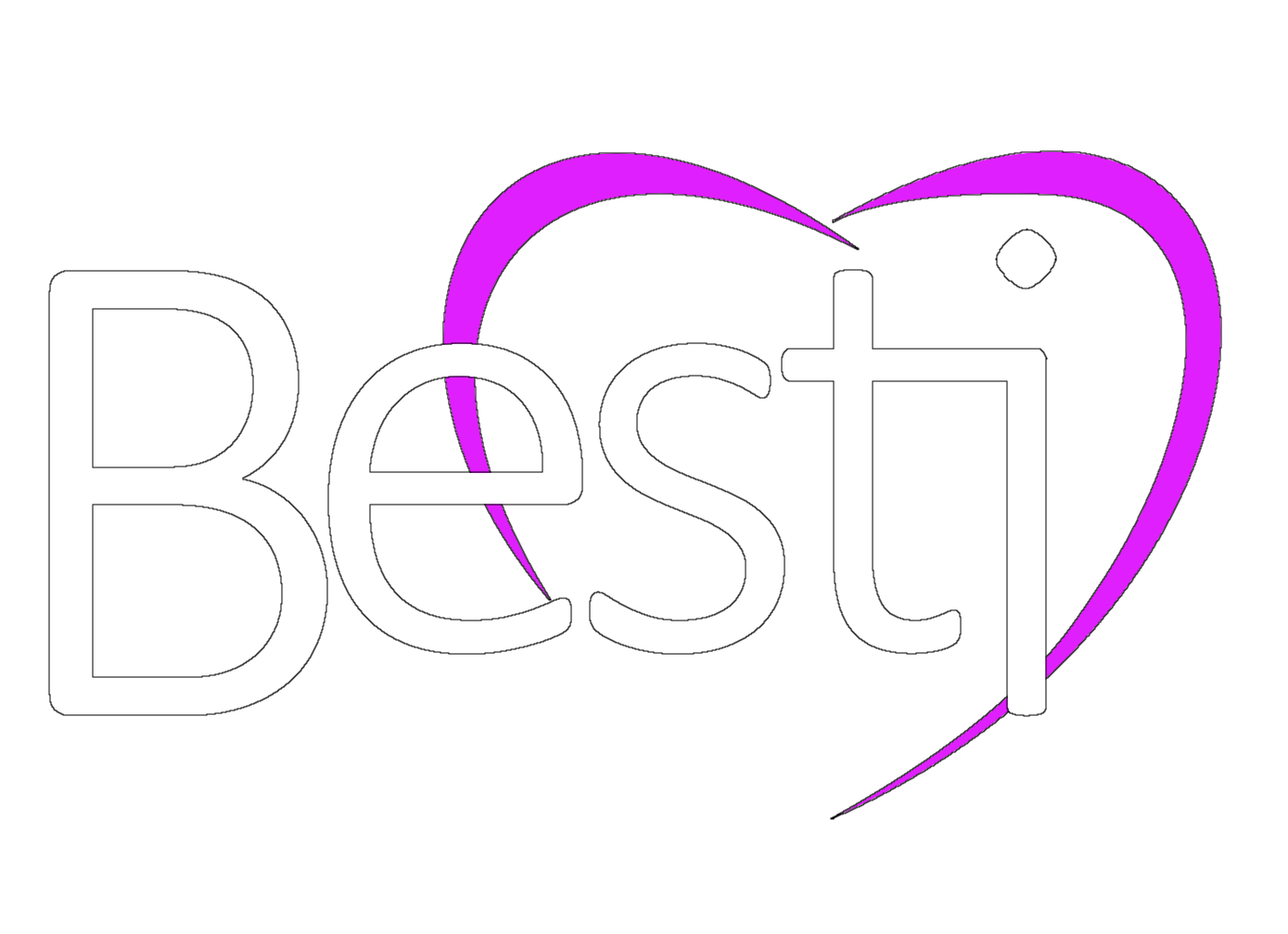There are a ton of terms involved in 3D art and video game development. What do they all mean? Why are the wikipedia articles about terms so complicated?
Here’s a quick guide on some terms you might hear, and simple definitions for what they mean.
Video that covers some terms
Common terms (in alphabetical order)
3D Animation
Data that tells an armature or a mesh how to move and rotate according to a timeline.
Animated Mesh
A mesh with a 3D animation applied to it.
Armature
A structure of bones that influence the movement of a mesh. Essentially a simplified way of moving a mesh around in a natural way.
Blender
A free and open-source 3D art program used by artists, film studios, and game developers. It is extremely powerful, but also extremely quirky. Historically it has been described as difficult to use, but the latest version simplifies the interface in such a way that it is now more approachable and easy-to-learn than it ever has been.
Blendshape
A saved “alternative” version of a mesh with some of the verticies moved in a different location. It can be animated, or used to correct problems caused by an armature such as an unnatural fold of the mesh when it moves.
Bones
The building blocks of an armature. They have a similar role to bones in a human.
Collider
A type of Unity Monobehavior that allows the physics simulator to interact with the gameobject it is attached to.
Game Engine
A suite of software designed to provide a platform for all of the programmed behaviors in a video game. It is the “middle-man” between the programmer and the computer. Besti uses the Unity game engine, and is programmed primarily in the C# programming language.
Game Object
A concept in a game engine that describes an individual object. It is the building block of a video game.
Material
A shader and all associated textures that define how a mesh looks in a 3D art program or a game engine.
Mesh
A collection of points connected by lines used to describe a 3D object.
Mesh Renderer
A type of Unity Monobehavior that draws a mesh on the screen.
Metal Map
A type of texture used by shaders to describe how metallic and shiny objects are in the Unity Standard Shader.
Monobehavior
A computer program used by a game object in Unity. These are usually written in the C# programming language.
Normal
The outward-facing side of a two-dimensional geometric shape.
Normal Map
A type of texture used by shaders to describe how light reflects off of a mesh.
Polygon
A two dimensional shape like a square or a triangle. Games use exclusively triangles as their polygons.
Rig
A fancy armature with user-friendly controls on it. A good rig makes animating characters easier.
Shader
A lengthy set of mathematical rules that describe how something is drawn on the screen. These are usually written in the Cg programming language.
Shapekey
The word that Blender uses instead of the more industry-standard term “Blendshape.” Isn’t that odd?
Skinned Mesh Renderer
A type of Unity Monobehavior that is similar to the Mesh Renderer Monobehavior, except this one is for meshes that are influenced by an armature.
Specular Map
A type of texture used by shaders to describe how smooth or rough a mesh is.
Standard Unity Shader
A type of Shader used by Unity to create realistic-looking graphics.
Texture
An image file that is used by shaders to describe some aspect of the look of a mesh. Numerous aspects of a mesh can be affected by textures, but it depends on the capabilities of the shader. The most common type of texture is an “albedo texture” which describes what color should be reflected off of a mesh.
Vertex
The building block of a mesh. It is a point in space. 3 or more vertices connected to one another form a polygon.
